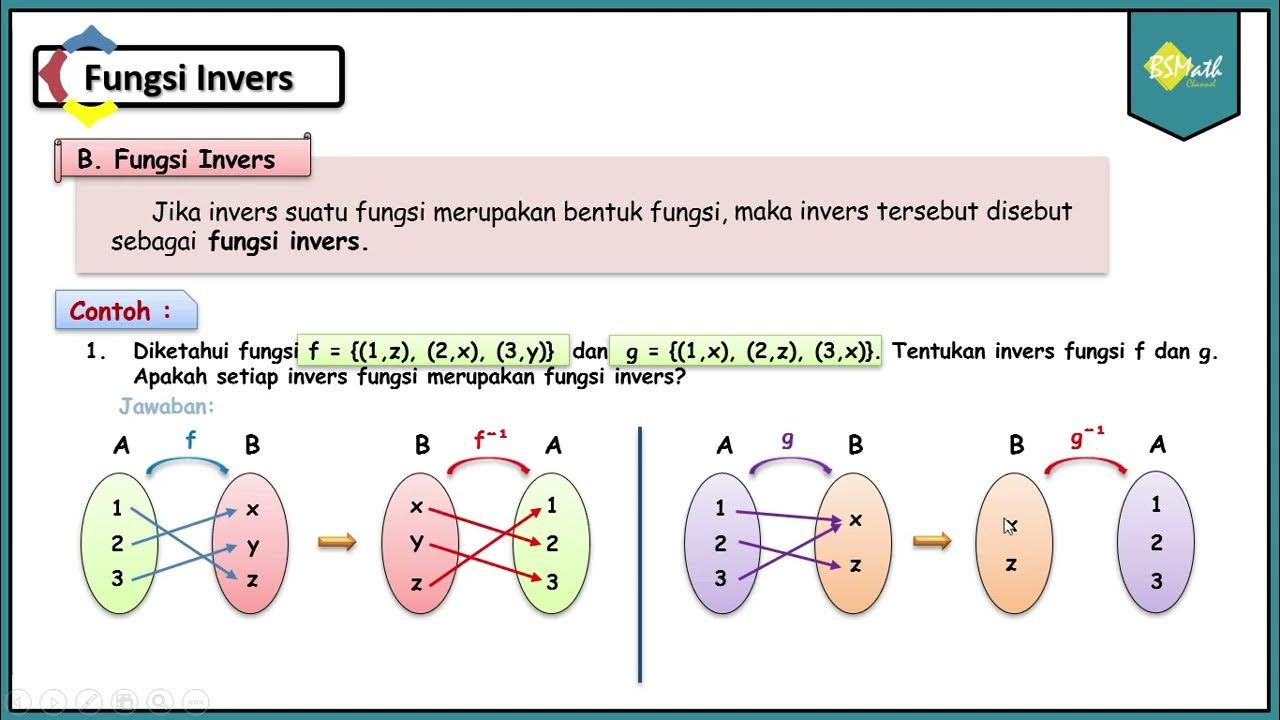One-to-One Correspondence: Supporting Mathematical Development in Young Children
Summary
TLDRThe video script explores the concept of one-to-one correspondence in children's mathematical development. It illustrates how toddlers and older children match objects to numbers while counting, emphasizing the importance of relating each number word to a single object. The script suggests supporting this skill through manipulative collections, board games, and daily tasks, highlighting the role of scaffolding and peer support. It concludes by emphasizing one-to-one correspondence as a foundation for future counting competencies.
Takeaways
- 🔢 One-to-one correspondence is the ability to match each object with a corresponding number while counting.
- 👶 Toddlers often demonstrate one-to-one correspondence when they pair objects, such as during play or dressing.
- 👧 As children grow, they learn to associate each number word with a single object, which is a key aspect of one-to-one correspondence.
- 🤔 Children may initially count faster than they can relate to objects, leading to a discrepancy between the items and number words.
- 👉 To support this skill, provide children with collections of objects to manipulate and count, aiding in their understanding of one-to-one correspondence.
- 🎲 Board games that involve moving pieces can be an enjoyable way for children to practice counting and one-to-one correspondence.
- 👩🏫 Scaffolding, such as counting aloud with children and having peers assist, can help reinforce the skill of one-to-one correspondence.
- 🍽️ Daily tasks, like setting the table, offer natural opportunities for children to practice counting objects in a one-to-one manner.
- 📈 Modeling strategies for keeping track of objects while counting can help children develop a better understanding of one-to-one correspondence.
- 🏛️ One-to-one correspondence lays a strong foundation for further counting competencies and mathematical skills that children will develop.
Q & A
What is one-to-one correspondence as described in the script?
-One-to-one correspondence is the ability to match one object to another object, often demonstrated by toddlers when they pair things up and by older children when they match each object to a corresponding number while counting.
How do toddlers typically show one-to-one correspondence?
-Toddlers often demonstrate one-to-one correspondence when they pair things up while playing or getting dressed.
What is the significance of using fingers while counting for children?
-Using fingers helps children to keep track of their counting and ensures a one-to-one correspondence between number words and objects.
Why might children sometimes count faster than they can relate to objects?
-Children might count faster than they can relate to objects because they become more comfortable with rote counting, which can lead to a discrepancy between the items and the number words.
How can one-to-one correspondence be supported in a child's development?
-One-to-one correspondence can be supported by providing collections of things to manipulate and count, playing games that require moving pieces on a board, and scaffolding their abilities with guidance and peer support.
What role do daily tasks play in practicing one-to-one correspondence?
-Engaging children in daily tasks provides natural opportunities for them to practice one-to-one correspondence, such as counting objects or distributing items.
How can adults model strategies to help children keep track of objects while counting?
-Adults can model strategies by intentionally counting objects out loud, using physical aids like fingers or objects, and demonstrating a deliberate pace to ensure each number word corresponds to one object.
What is the importance of one-to-one correspondence in a child's mathematical development?
-One-to-one correspondence provides a strong foundation for many other counting competencies that children develop later on, such as understanding numbers and quantities.
How can parents and educators intentionally provide opportunities for one-to-one correspondence?
-Parents and educators can provide opportunities for one-to-one correspondence by incorporating counting activities into daily routines, using manipulatives, and creating counting games.
What is the role of repetition and peer support in learning one-to-one correspondence?
-Repetition and peer support are crucial in learning one-to-one correspondence as they help reinforce the concept through consistent practice and provide a supportive learning environment.
Why is it important for children to slow down and be more purposeful when counting?
-Slowing down and being more purposeful while counting helps children to ensure a one-to-one correspondence between number words and objects, which is essential for a solid understanding of numbers.
Outlines

Cette section est réservée aux utilisateurs payants. Améliorez votre compte pour accéder à cette section.
Améliorer maintenantMindmap

Cette section est réservée aux utilisateurs payants. Améliorez votre compte pour accéder à cette section.
Améliorer maintenantKeywords

Cette section est réservée aux utilisateurs payants. Améliorez votre compte pour accéder à cette section.
Améliorer maintenantHighlights

Cette section est réservée aux utilisateurs payants. Améliorez votre compte pour accéder à cette section.
Améliorer maintenantTranscripts

Cette section est réservée aux utilisateurs payants. Améliorez votre compte pour accéder à cette section.
Améliorer maintenantVoir Plus de Vidéos Connexes

Relasi dan Fungsi [Part 3] - Banyak Pemetaan & Korespondensi satu satu

The Progression of Early Number & Counting

memahami korespondensi satu satu kelas 8

Introduction to Functions (2 of 2: Examples & Counter-Examples)

PRO-KONTRA PENGGUNAAN GADGET BAGI ANAK

Fungsi Invers - Matematika SMA Kelas XI Kurikulum Merdeka
5.0 / 5 (0 votes)
